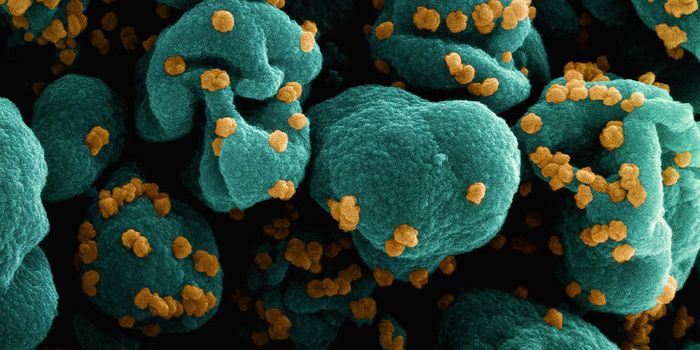Mitochondrial Fluorescence Could be Used to Detect Glaucoma Earlier
Glaucoma is a term that refers to a group of eye diseases that cause damage to the optic nerve. This nerve damage can lead to vision loss and blindness. Since glaucoma is asymptomatic in its early stages, it is difficult to detect: half of people with glaucoma don’t even know they have it.
Eye doctors routinely check for glaucoma during eye exams. This process includes giving a patient eye drops to dilate their pupils and then visually inspecting the eye for glaucoma. Treatments for glaucoma include prescription eye drops, laser treatments, and surgery.
Richard B. Rosen, MD, Chief of the Retina Service for the Mount Sinai Health System, says that “glaucoma is difficult to diagnose in early stages, and often physicians agonize to confirm subtle signs of progression in advanced stages. Once structural damage to the optic nerve has occurred, it is currently not possible to reverse. The better we become at identifying early or ongoing degeneration, the more proactive we can be at implementing protective therapy.”
Researchers at the Mount Sinai Health System are investigating alternative methods of detecting glaucoma. In a new study, the researchers look for the presence of flavoprotein fluorescence (FPF) in eyes with damage from glaucoma. Mitochondria emit FPF during times of oxidative stress.
To understand the logic of this study, it is important to know that dysfunctional mitochondria are a known marker of retinal disease. Oxidative stress is associated with mitochondrial dysfunction in retinal diseases including diabetic retinopathy (DR), age-related macular degeneration, and glaucoma.
Though levels of FPF are known to be elevated in people with glaucoma compared to those with normal eyes, detecting FPF has been logistically challenging. In the study published by Ophthalmology Glaucoma, the researchers used a fundus camera with filters that are specifically designed to detect fluorescence. The camera is called OcuMet Beacon and was developed by OcuSciences Inc.
The researchers used the camera to examine the eyes of 86 patients. They were able to detect glaucoma with a high accuracy using this technique. These results suggest that detection of FPF could be used in a clinical setting to detect glaucoma with a higher degree of reliability and objectivity than current visual exams. Since levels of FPF also decrease after glaucoma is treated successfully, FPF could also provide a way to monitor how a patient is responding to glaucoma treatment.
Sources: National Eye Institute, Ophthalmology Glaucoma, Nature








